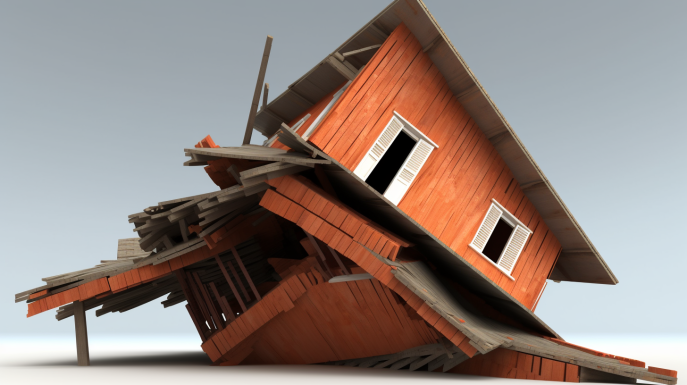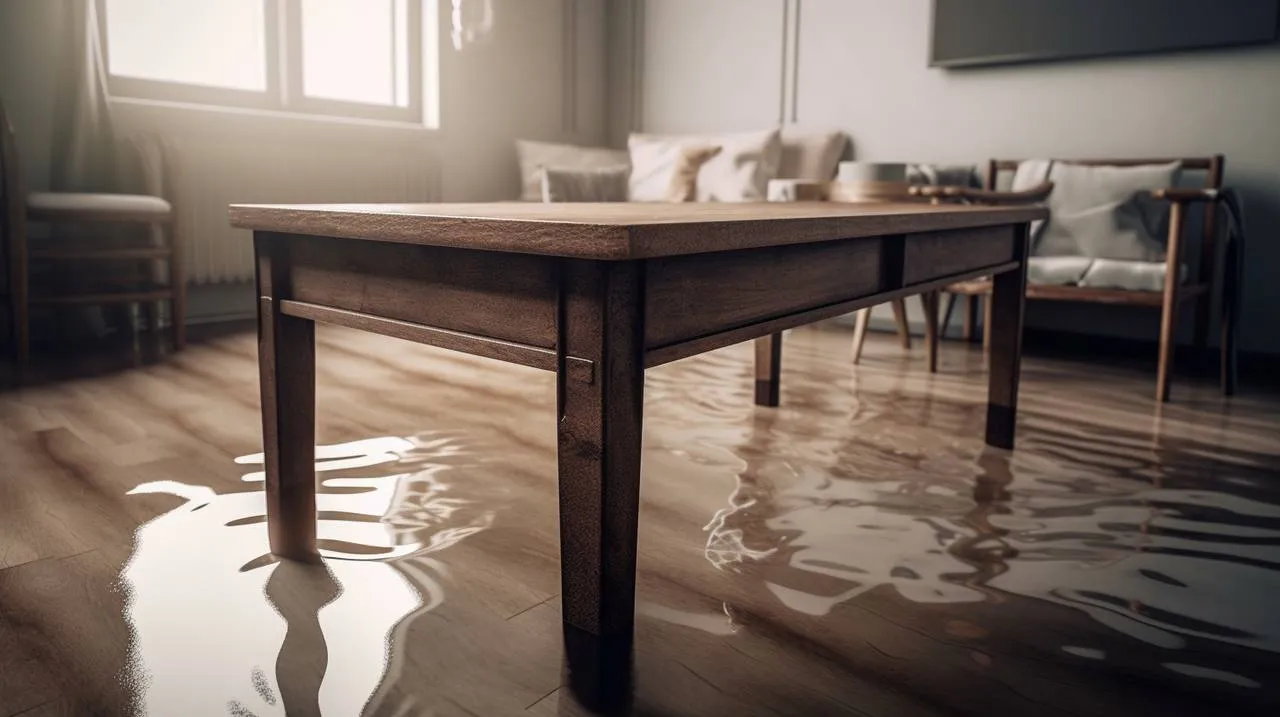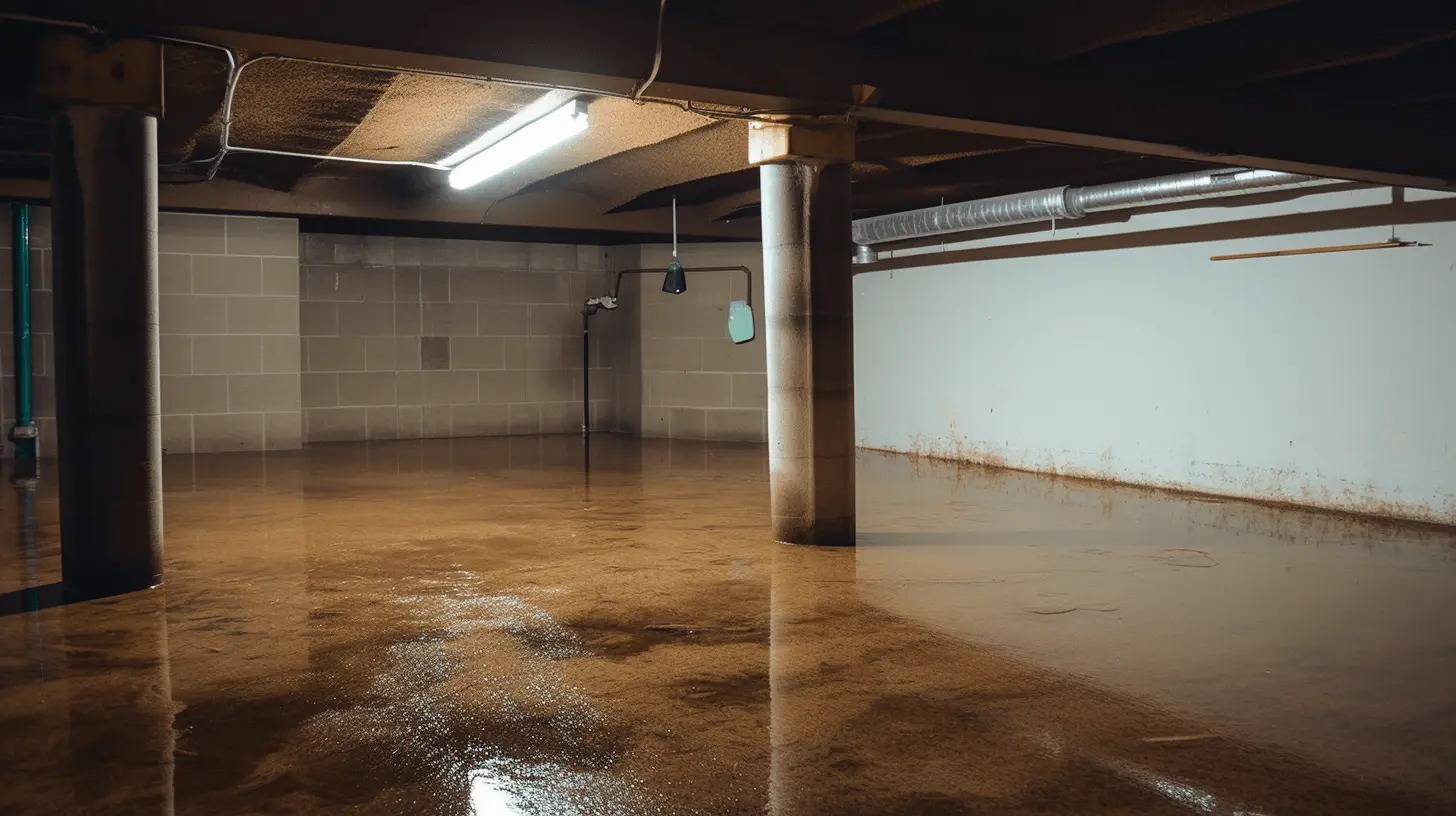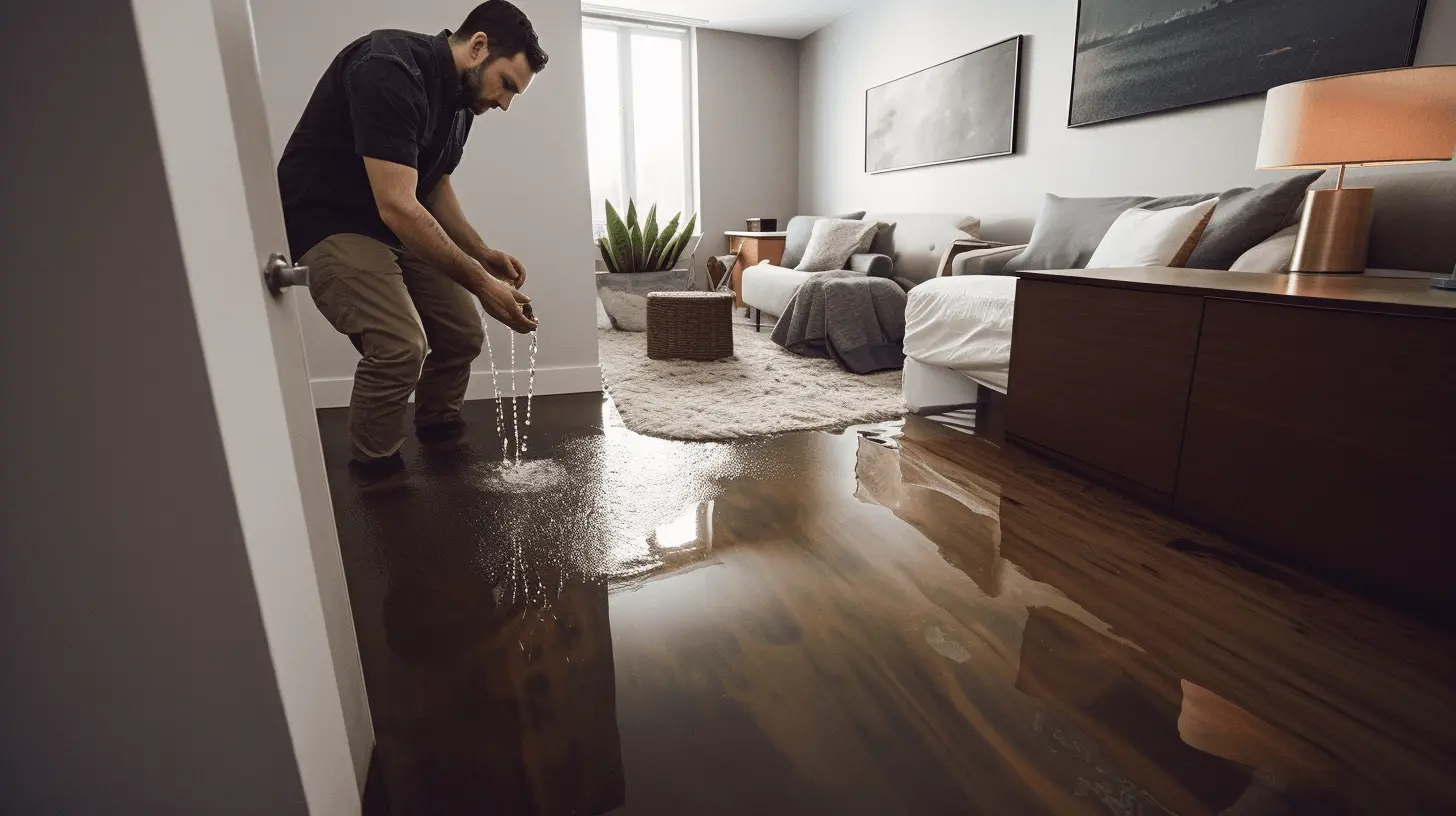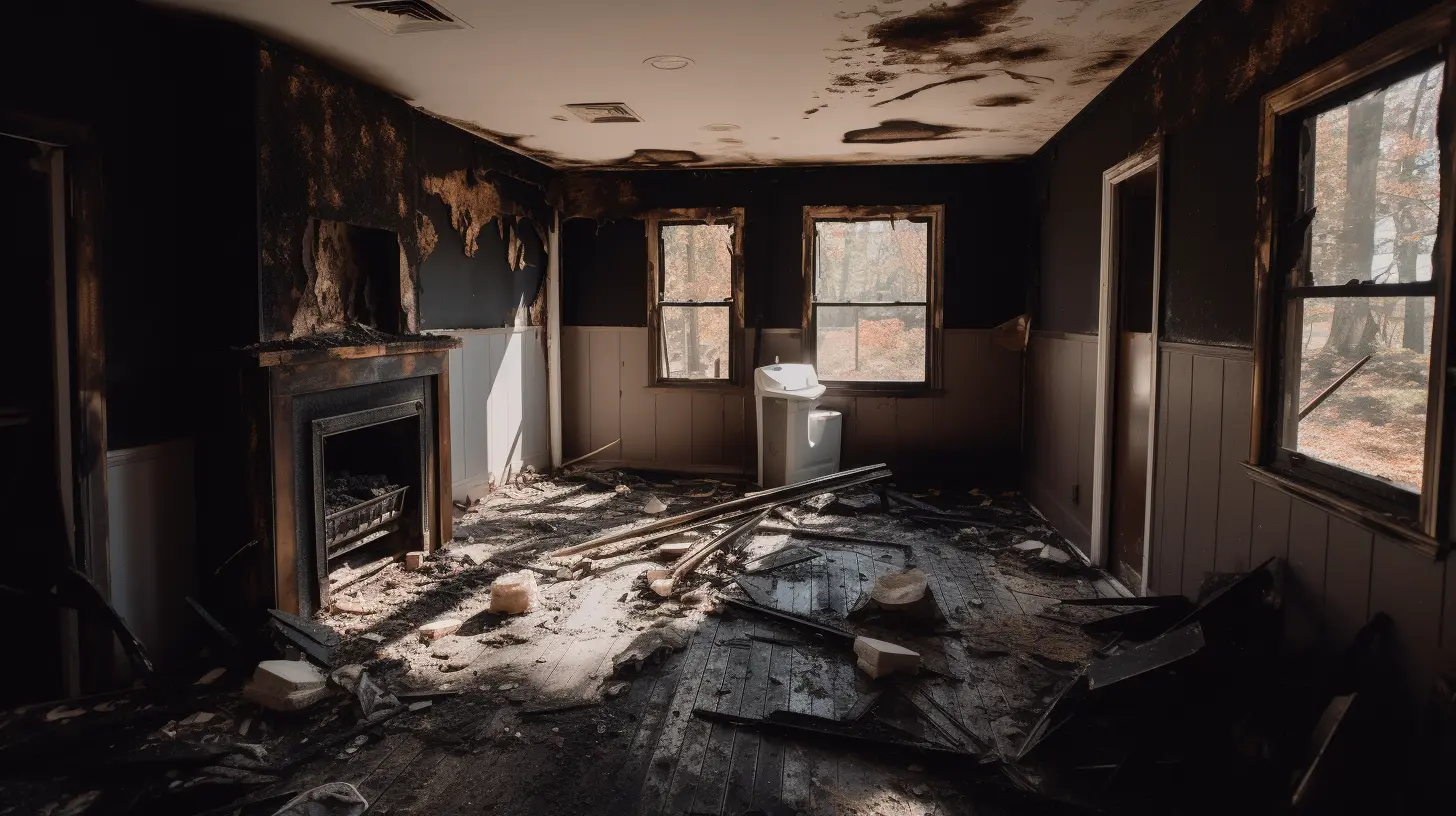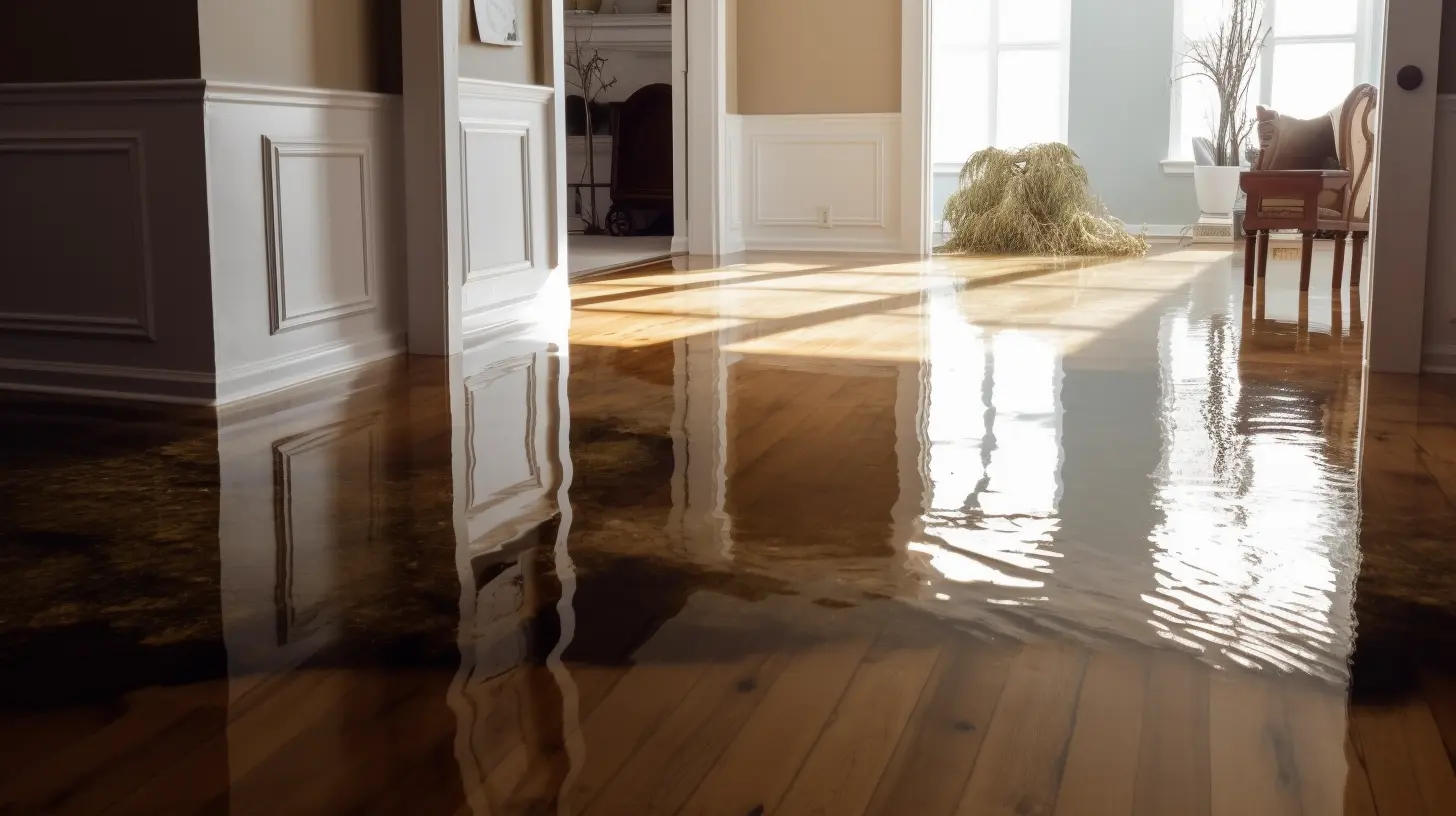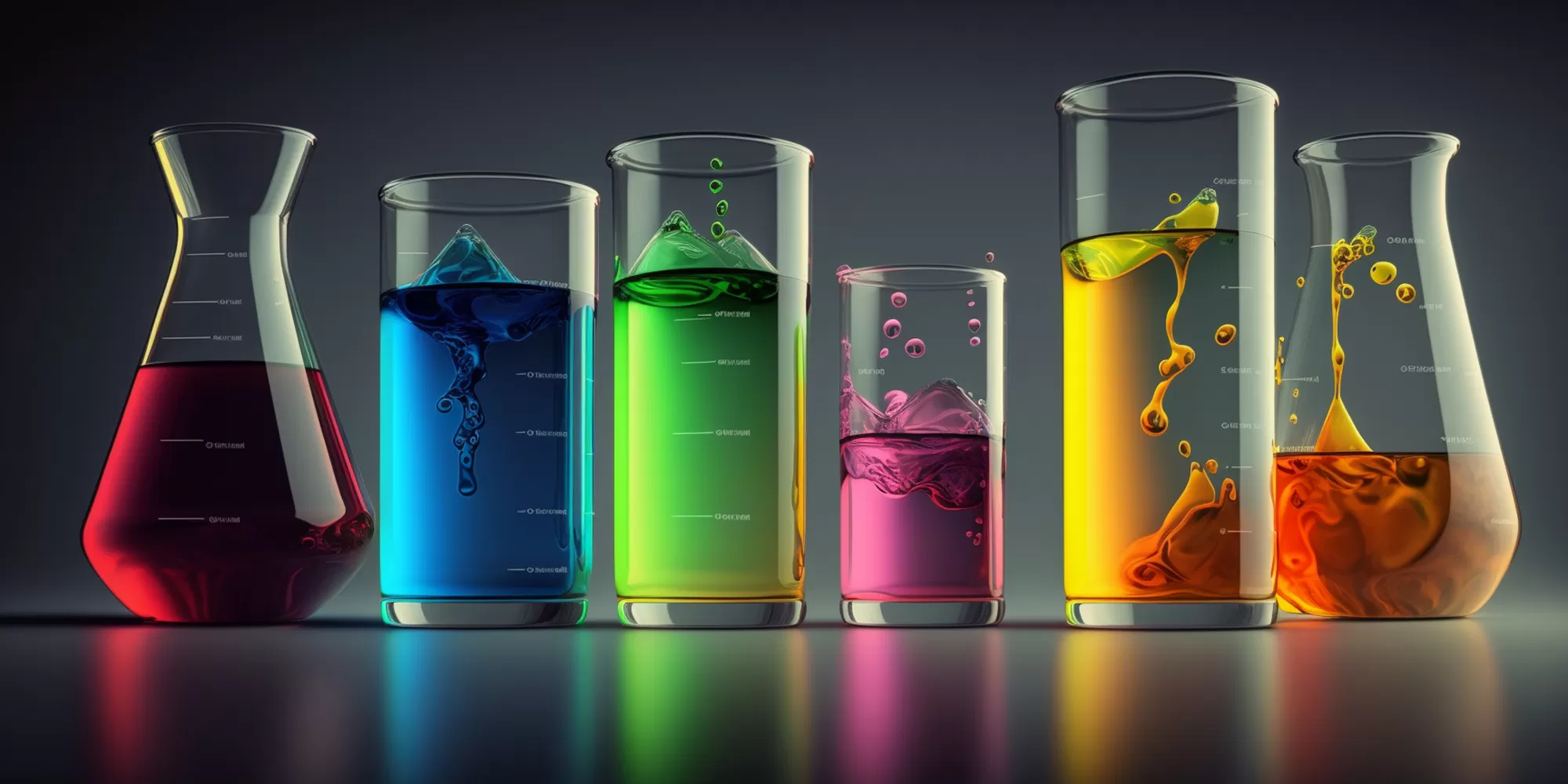Water damage is often perceived as a visible problem, with obvious signs like damp walls, warped floors, and stained ceilings. However, the hidden consequences of water damage can pose a significant threat to the structural integrity of your home. Understanding these hidden threats is essential for homeowners to take proactive measures and prevent long-term damage.
1. Weakening of Building Materials
When water infiltrates the structure of your home, it can gradually weaken building materials such as wood, drywall, and insulation. Prolonged exposure to moisture can cause these materials to deteriorate, compromising their structural strength and stability. Over time, weakened materials may sag, warp, or even collapse, putting the safety of occupants at risk.
2. Mold and Mildew Growth
Excess moisture creates the perfect breeding ground for mold and mildew, which can proliferate within the walls, ceilings, and floors of your home. Mold not only poses health hazards to occupants but also contributes to structural damage by feeding on organic materials like wood and paper. Left unchecked, mold growth can compromise the integrity of building materials and lead to costly repairs.
3. Rot and Decay
Water damage can accelerate the process of rot and decay in structural components such as wooden beams, joists, and framing. As moisture seeps into these materials, it promotes fungal growth and decomposition, weakening the overall structure of the home. Rot and decay can compromise load-bearing elements, jeopardizing the stability of the entire building.
4. Foundation Instability
Water infiltration around the foundation of the home can cause soil erosion and undermine the stability of the foundation. Over time, this can lead to foundation settling, shifting, or even failure, resulting in structural damage throughout the property. Addressing water issues around the foundation is crucial for preserving the structural integrity of the home.
5. Corrosion of Metal Components
Water damage can cause corrosion and rusting of metal components within the home, such as electrical wiring, plumbing pipes, and structural supports. Corrosion weakens metal structures and compromises their ability to function properly. Electrical wiring damaged by water can pose fire hazards, while corroded plumbing pipes may leak or burst, causing further water damage.
6. Compromised Insulation
Water damage can saturate insulation materials, reducing their effectiveness and thermal resistance. Wet insulation not only fails to regulate indoor temperature and humidity levels but also promotes heat loss and energy inefficiency. Additionally, damp insulation is more susceptible to mold growth and pest infestations, further exacerbating structural issues.
7. Hidden Structural Deterioration
Unlike visible damage, such as water stains and bulging walls, hidden structural deterioration may go unnoticed until it reaches advanced stages. By the time visible signs of damage appear, the structural integrity of the home may already be compromised. Regular inspections by qualified professionals can help identify hidden water damage and prevent structural issues from escalating.
8. Prevention and Remediation Strategies
Preventing water damage and addressing issues promptly are crucial steps in safeguarding your home’s structural stability. This includes proper maintenance of plumbing and drainage systems, prompt repair of leaks and water intrusion points, adequate ventilation to reduce moisture buildup, and regular inspections of vulnerable areas.
By understanding the hidden threats posed by water damage and implementing proactive measures to mitigate risks, homeowners can protect their investment and ensure the long-term structural integrity of their homes. Consulting with experienced professionals for water damage restoration and structural repairs is essential for addressing hidden issues and restoring the safety and stability of the property.

